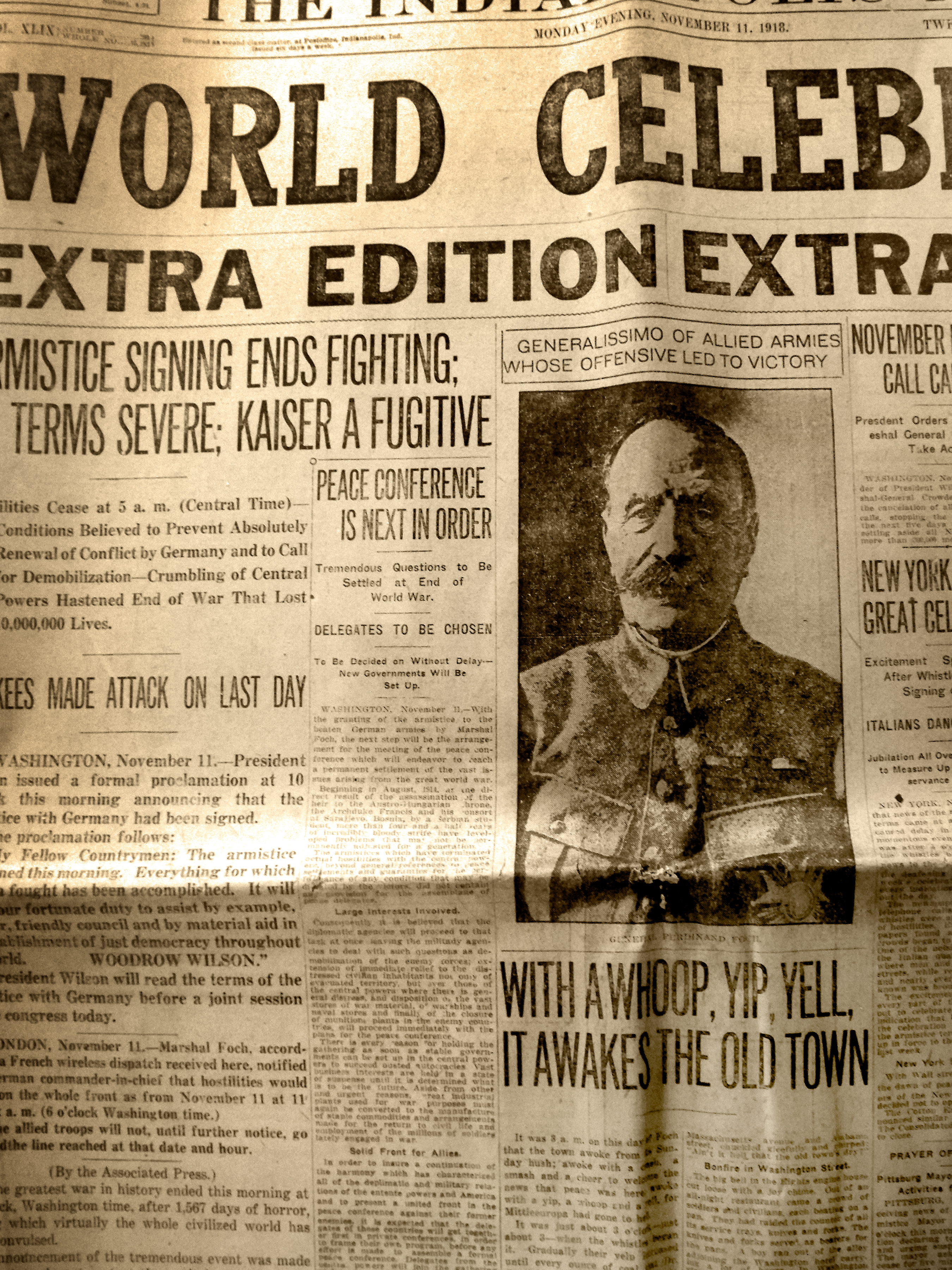
I may never pose this many questions again. It starts out with many questions and then morphs into many statements, statements that could have been made by people of different ages, tastes and sensibilities. I thought it would be illuminating to shift to a series of statements that might have functioned better as questions. Almost everything in this post, initially, is a question or a statement of uncertainty. Then they become reactions of people who are positively or negatively inclined towards the music, or neutral, even in times of crisis. (And you know what is said about those who remain neutral in times of crisis?)
So, why would you read further? Why would you NOT read further?
Listen to this. It is very short, so you should probably listen to it several times. There are also some visuals to keep you more engaged. Engaged? No, don’t get so serious that you commit to someone from listening to this. I meant “engaged” as in busy, occupied or involved.
___________________________________________________________________________
Up until you heard the singer, this was a composition.
Up until you heard the vocalist, this was a composition.
Up until you heard the soprano, this was a composition.
Up until you heard the mezzo soprano, this was a composition.
Up until you heard the alto, this was a composition.
Up until you heard the female singer, this was a composition.
Up until you heard the male singer, this was a composition.
Up until you heard the boy soprano, this was a composition.
Up until you heard the convict sing, this was a composition.
Up until you found out that this was called, “The Cage,” this was a composition.
Up until you found out that the piano playing you heard was written down (out), this was a composition.
Up until you found out that the piano playing you heard was written, you thought this was an improvisation.
If this composition was written down (out), it represents deliberation and care.
If it’s improvised, than that’s no big deal as you just write stuff that comes to mind without thinking about it and oooomph there it is. (IMPROVISATION in many circles carries little respect. IMPROVISATION is considered foreign to CLASSICAL MUSIC and is rarely taught and/or studied in CLASSICAL MUSIC. IMPROVISATION used to be taught in CLASSICAL MUSIC and was considered an aspect of CLASSICAL MUSIC.)
___________________________________________________________________________
After you heard the VOCALIST, was this still a COMPOSITION or was it now a SONG?
After you heard the VOCALIST, was this still a COMPOSITION or was it now an ART SONG?
After you heard the VOCALIST, was this still a MUSICAL WORK or was it now an OPUS?
After you heard the VOCALIST, was this still a MUSICAL WORK or was it now a MUSICAL OPUS?
___________________________________________________________________________
Is this a COMPOSITION?
Is this a MUSICAL COMPOSITION?
Is this a WORK?
Is this a MUSICAL WORK?
Is this a SONG?
Is this an ART SONG?
Is this an OPUS?
Is this a MUSICAL OPUS?
Or, if we want to be LEGAL and invoke LAW – FEDERAL LAW, i.e., the Copyright Law of the United States…
Is this a WORK OF AUTHORSHIP?
Is this an ORIGINAL WORK OF AUTHORSHIP?
(The answer could be YES it was, but now it’s not. In my opinion, it constitutes a work of authorship and an original work of authorship even though the Copyright Law of the United States uses the terms, work of authorship and original work of authorship but fails to define these terms. (It is extremely likely that) the copyright on this composition has, in fact, expired and this original work of authorship is now in the public domain.)
___________________________________________________________________________
If this is a COMPOSITION, then it is serious and worthy. It took a higher level of musicality to create and perform this COMPOSITION. For this to be a COMPOSITION, the music was (likely) “written down” in musical notation. Those who can WRITE MUSIC using MUSICAL NOTATION are usually more respected in some circles. Conversely, those who can write music using musical notation can be considered (pejoratively) in some circles as ACADEMIC COMPOSERS or TRAINED COMPOSERS. They are not SONGWRITERS. They are not writing (music) from the heart, but instead are writing (music) from the head. The “from the head” writers are often not welcome in those circles where SONGWRITERS exist. The SONGWRITERS are often not welcome in circles where the COMPOSERS, the “from the head” writers, exist.
If this is an IMPROVISATION, then it is pretty cool. It’s dope. (Maybe) it took a reasonable level of musicality to create and perform this IMPROVISATION.
If this is a SONG, then you need to keep your day job. This sounds ugly, and do you call that singing? (It’s great that Starbucks has upped your hours to 21 per week because now you’ll have health care.)
If this is a COMPOSITION, then the composer has no sense of melody, harmony, rhythm, form or taste. It is unfortunate that the musicians had to learn, rehearse and perform this dreadful “COMPOSITION.” (Just where did this barbarian “composer” learn his craft? Somewhere like Yale? Perhaps this is deep thinking…deep thinking by a disturbed mind.)
Is this jazz? It starts out sounding like Cecil Taylor. But Cecil Taylor would start playing a melody above those great chords. He wouldn’t just play chords for the entire song. And what’s with the singer?
The song’s too short.
It is an abbreviated composition.
If this was composed for the Special Olympics by one of the Special Olympians, this shows a great deal of creativity.
___________________________________________________________________________
Words to describe the person who SINGS this composition (or song, art song, work, musical work, etc.) can further define, elevate, d-elevate, or illustrate more about the music, musicians, creator/author/writer, style and genre of music and musicians.
The word SOPRANO is often used in conjunction with CLASSICAL MUSIC or ART MUSIC. SOPRANO is rarely used with popular music, rock music, jazz, country, urban, R & B and many (or all) other styles of popular music. SOPRANO can now mean of or affiliated with a New Jersey mob family.
It is even more likely that the term MEZZO-SOPRANO would be used exclusively with CLASSICAL and/or ART MUSIC. Using the term MEZZO-SOPRANO would indicate that the user knows more about CLASSICAL and/or ART MUSIC and perhaps knows that the term MEZZO-SOPRANO can means a person with a different “sound” than a SOPRANO and a person with a different (and usually lower) “musical range.” The term MEZZO-SOPRANO places this discussion in a different zone – if the term MEZZO-SOPRANO is used, the discussion now excludes the Grand Ole Opry and other types of popular music.
In the context above, using the terms MEZZO-SOPRANO, ALTO, MALE SINGER, BOY SOPRANO or CONVICT would indicate that one did not read the opening credits in the video, is not aware of the definitions of these words, or is likely being pejorative by describing the vocalist/singer in this manner.
___________________________________________________________________________
What of the musicians involved in this YouTube performance?
I’d like this song better if Tim McGraw sang it.
I’d like this song better if Adele sang it.
I’d like this song better if Alicia Keys sang it.
I’d like this song better if John Mayer sang it.
I’d like this song better if Norah Jones sang it.
I’d like this song better if Katy Perry sang it.
I’d like this song better if Eric Clapton sang it.
I’d like this song better if Steven Tyler sang it.
I’d like this song better if Cecilia Bartoli sang it.
I’d like this song better if Mitt Romney sang it.
Tim McGraw couldn’t begin to interpret this composition.
Adele’s magnificent voice would be wasted on something like this.
Alicia Keys would make the melody into something we’d want to hear.
If John Mayer played guitar while he sang this, it might be OK.
Norah Jones would bring subtlety, breathiness and style to this (if the piano didn’t drown her out).
Katy Perry would sound good if she could get Snoop Lion to rap part of it.
Eric Clapton could give it a blues swing and play acoustic guitar – like he did with “Layla” on UNPLUGGED.
If Steven Tyler screamed it, forgot the lyrics and danced, I’d be down with that.
Cecilia Bartoli just needs a more operatic aria to sing.
Mitt Romney wouldn’t sing this as this is music for the 47%.
___________________________________________________________________________
More words.
The composition unfolded effortlessly – concise with punctuated chords rising so as to cover the surface with a delicately-veiled, subdued, impressionistic sheen that harkens back to several early 20th-century tone poems by the likes of Debussy, Ravel or even Scriabin. (That last sentence is an example of critic-speak at its worst. We’ve managed to leave CRITICS out of it so far – let’s continue to be critic-less.)
I liked it pretty good ’til that woman started singing or talking or whatever she was doing.
___________________________________________________________________________
How do we react to music based on the WORDS used to describe the style, genre, time period, composer, songwriter, musician, improviser, pianist, keyboardist, singer, soprano, mezzo-soprano, diva, chick singer, etc.
How do we react when we are told little? Very little? Nothing? When we see a video BEFORE we hear the music? AT THE SAME TIME as we hear the music? AFTER we hear the music?
How do we react when we are told what to expect from the music? From the musical performance? About the music? About how the music was composed? Whether the music was composed or improvised? Whether the composer is young, middle aged or old? “Trained” or “untrained?” From the European Union? United States? Latin America? (Latin America is Flavor Of The Month in classical/art music in the past few years.) Asia? The Subcontinent?
CHARLES IVES composed “The Cage.”












